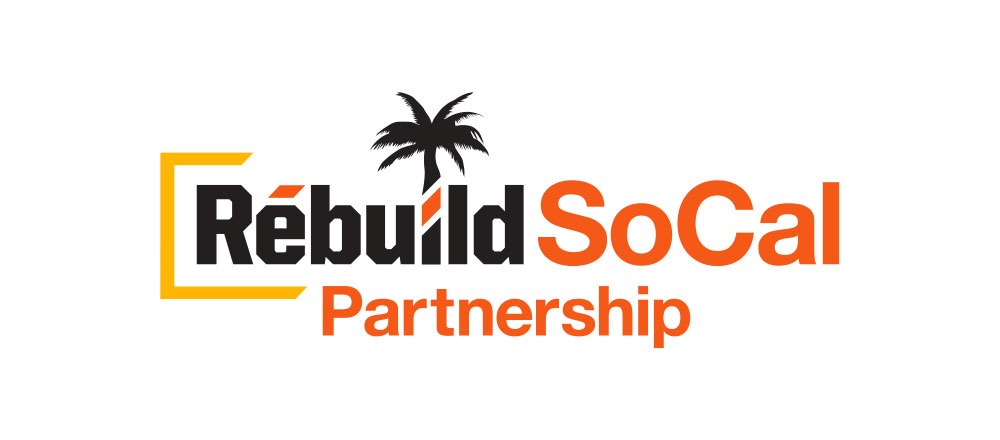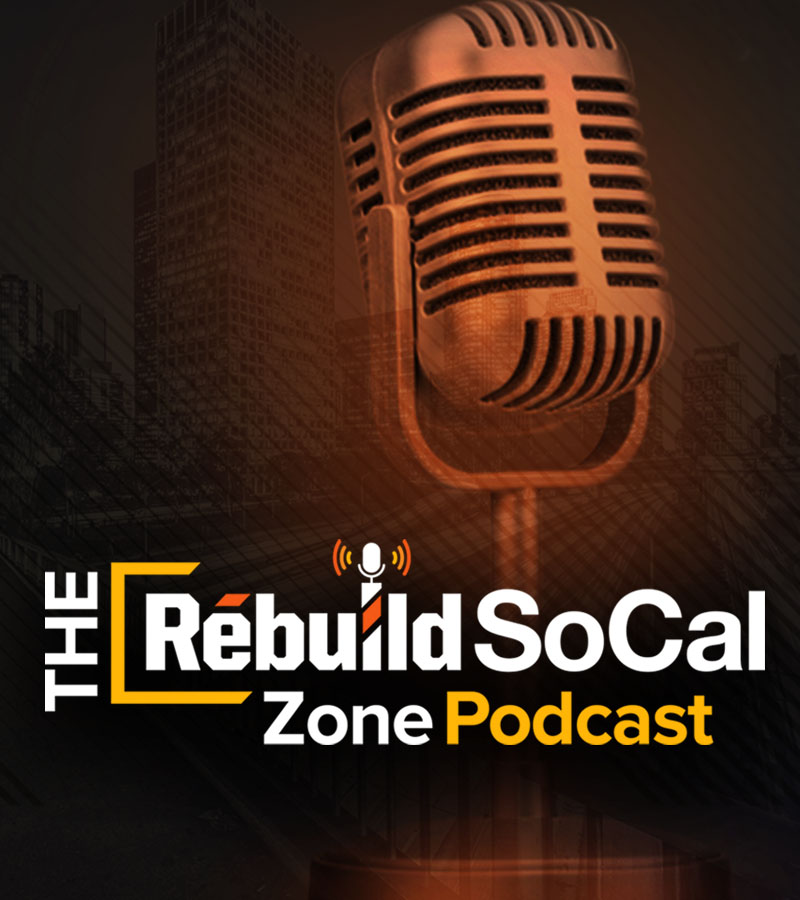Take Action, Raise Your Voice
It doesn’t take a report from the American Society of Civil Engineers (ASCE), TRIP, or the White House to inform the average citizen that the state of California’s roads and bridges aren’t in great shape. Take a drive to work, school, or down the street to your local store. There are potholes, crumbling concrete, and rusted beams that can be seen by even the least expert of eyes.
The American Jobs Plan, President Biden’s $2.3 trillion proposal to create jobs and invest in infrastructure, seems to be in the news on an almost daily basis. But once again, it appears that politics is getting in the way of progress. While debates ensue about what the word “infrastructure” means and numbers get thrown around regarding how much should be spent and where, Californians continue to make their commutes on roads and over bridges that need attention. There’s a reason we should all care and there are steps we can take to move the needle.
Issues at hand
Poor roads hit our wallets hard. According to ASCE, driving on deficient roads costs Californians $61 billion annually due to congestion-related delays, traffic collisions, and increased vehicle operating costs. TRIP research shows Los Angeles area residents spend more than $900 a year due to wear and tear and gas consumption.
Then there’s the more urgent issue of safety. There are 1,536 bridges in poor condition throughout the state. California is home to the second-largest percentage of “functionally obsolete” bridges. This means that the bridge designs are outdated for the type of vehicles and the amount of traffic that uses them. Such an issue frequently contributes to congestion chokepoints that can turn the simplest of commutes into a nightmare of standstill traffic.
Even more troubling is that according to ASCE, approximately 50% of bridges have exceeded their design life. More than 7% are structurally deficient and California ranks among the top states for bridges in “poor” condition by bridge deck area. These problems pose safety hazards that shouldn’t be taken lightly.
Some of the largest bridges along corridors such as I-5 in San Diego, Highway 101 in Los Angeles, and I-80 in Sacramento need major repair and rehabilitation. As each day goes by, the backlog of recommended maintenance, repair, and replacement work continues to grow. This includes the need for seismic retrofitting to improve the safety of bridges in the event of an earthquake.
It does not take long for inattention to turn into a crisis. For example, the Hernando de Soto Bridge carried 60,000 vehicles daily on Interstate 40 over the Mississippi River between Arkansas and Tennessee. The crack that was discovered in May shut down that bridge for three months. This hurt the nation’s supply chain because trucks along this major shipping route were backed up and rerouted.
More tragically, when the Morandi Bridge collapsed in Italy in 2018, 43 people were killed. When designed in the 1960s, the concrete and cable-stayed bridge was an engineering feat that was said not to need any maintenance. But engineers could not predict the effects of pollution and weather due to climate change that led to corrosion, which some experts say contributed to its collapse. Additionally, the original design said to last 100 years (until 2067) did not take into consideration an incredible amount of increased traffic with population growth. All these factors could also be said about California’s bridges as well.
What can be done
At Rebuild SoCal Partnership, we’ve become frustrated with inactivity. Maybe you have, too? There is a lot of infrastructure work out there that needs to be done. With so much at stake, we cannot let politics continue to get in the way. Twelve other countries are better than the U.S. when it comes to infrastructure. Are we really ok with this fact?
In a democracy, constituents are not powerless. Your legislators need to know how poor infrastructure impacts your family and your community. You may think contacting your representatives doesn’t make a difference, but it does. Raise your voice.
A 2015 survey by the Congressional Management Foundation revealed letters to members of Congress were more effective than telephone calls for changing their mind on an issue. And yet, a Republican legislative assistant told The New York Times, “a large volume of calls on an issue could bring an office to a halt, sometimes spurring the legislator to put out a statement on his or her position.”
If any action will be taken on infrastructure, we must take it by writing or calling. Find out how to contact your elected officials. Stay up-to-date on this and other important infrastructure issues by signing up for the Rebuild SoCal Partnership newsletter. Follow us on Facebook, Twitter, and Instagram, and listen to The Rebuild SoCal Zone podcast.

